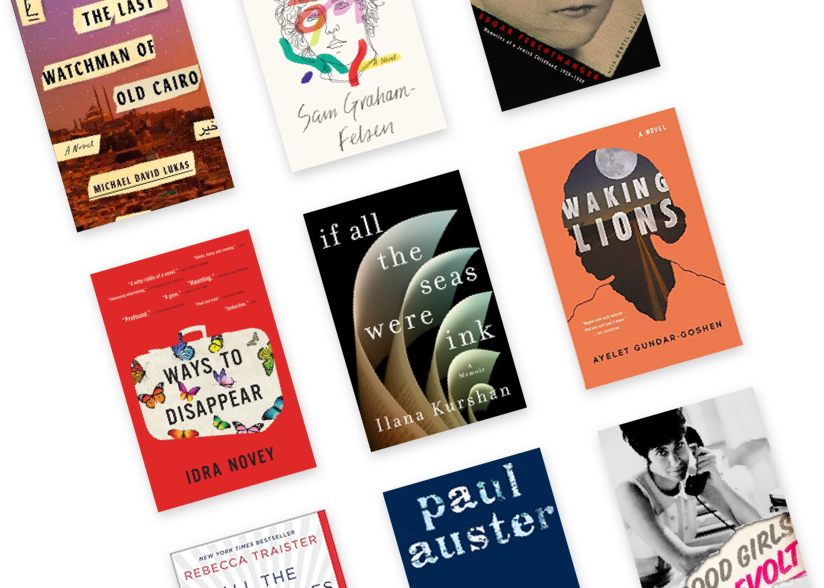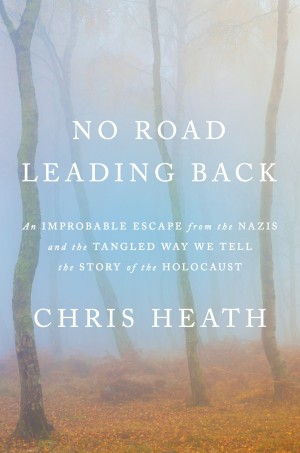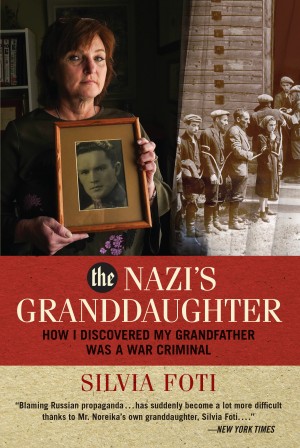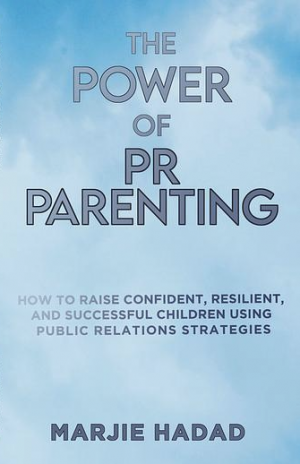When his beloved wife Evelyn was dying, Sol Lurie (né Szaja Lurje), a Holocaust survivor from Kovno, Lithuania, told his daughter Bea about his fear that his experience would die with him if he did not tell it to others. Eleven years later, in 2004, he decided to tell his story in order to warn others about the dangers of hate; Sol would go on to tell his life story to thousands of school children. And thanks to Life Must Go On, written by Bea Lurie herself and historian Dr. Steven Leonard Jacobs, Sol’s account will continue to reach readers of all backgrounds.
The book weaves together the broader history of the Nazis’ persecution of Europe’s Jews, focusing particularly on the Jews of Lithuania, with Sol’s personal experiences before, during, and after the Holocaust. Each chapter is divided into two sections: one that explains the historical context surrounding Sol’s experiences, and one that recounts his personal memories of those events. The historical portions provide detailed portraits of important actors and institutions that intersected during the Holocaust, from concentration camp guards and doctors to courageous victims and resistance organizations. The detailed accounts of the various concentration camps in which Sol was imprisoned expose the chilling efficiency with which the Nazis industrialized mass murder. The authors also provide various perspectives, including those of scholars, and archival documents to add depth and nuance to the historical episodes they recount.
In the portions of the book dedicated to Sol’s memories, readers gain insight into the psychological and physical toll on someone who witnessed some of the most grotesque forms of evil imaginable at a young age (Sol was eleven when the Nazis invaded the Soviet Union). Throughout the Holocaust, despite his imprisonment in multiple concentration camps, Sol remained courageous in his hopes to outlive Hitler, which he did. Though Sol’s resilience and loving nature are apparent throughout Bea’s anecdotes and in the various photographs of him and his family that appear in the middle of the book, we also learn how the Holocaust continues to impact him. To this day, he wakes up instantly when he hears noise, haunted by the voices of Nazi guards that he used to hear in the middle of the night. It is clear that Sol lives with his past, striving to use it to educate others, while also living in the present. Even in his old age, he still enjoys spending time with his family, listening to and singing Yiddish music, and befriending new people with his sense of humor and knack for storytelling.
Though language cannot truly capture the depth of the suffering inflicted on Holocaust victims by the Nazis, this book offers a haunting approximation. Written from the perspective of a Holocaust survivor’s daughter, the book also reminds us of the importance of Jewish survival through l’dor v’dor, or intergenerational connection and communication. Further, this book succeeds in shedding light on the suffering of Holocaust victims without reducing them to mere symbols of tragedy or passive figures stripped of their individuality. Readers will likely finish this book hoping to meet Sol. Despite what he went through, Sol’s positivity and love for others make you feel good about humanity despite the fact he witnessed the worst of it.





